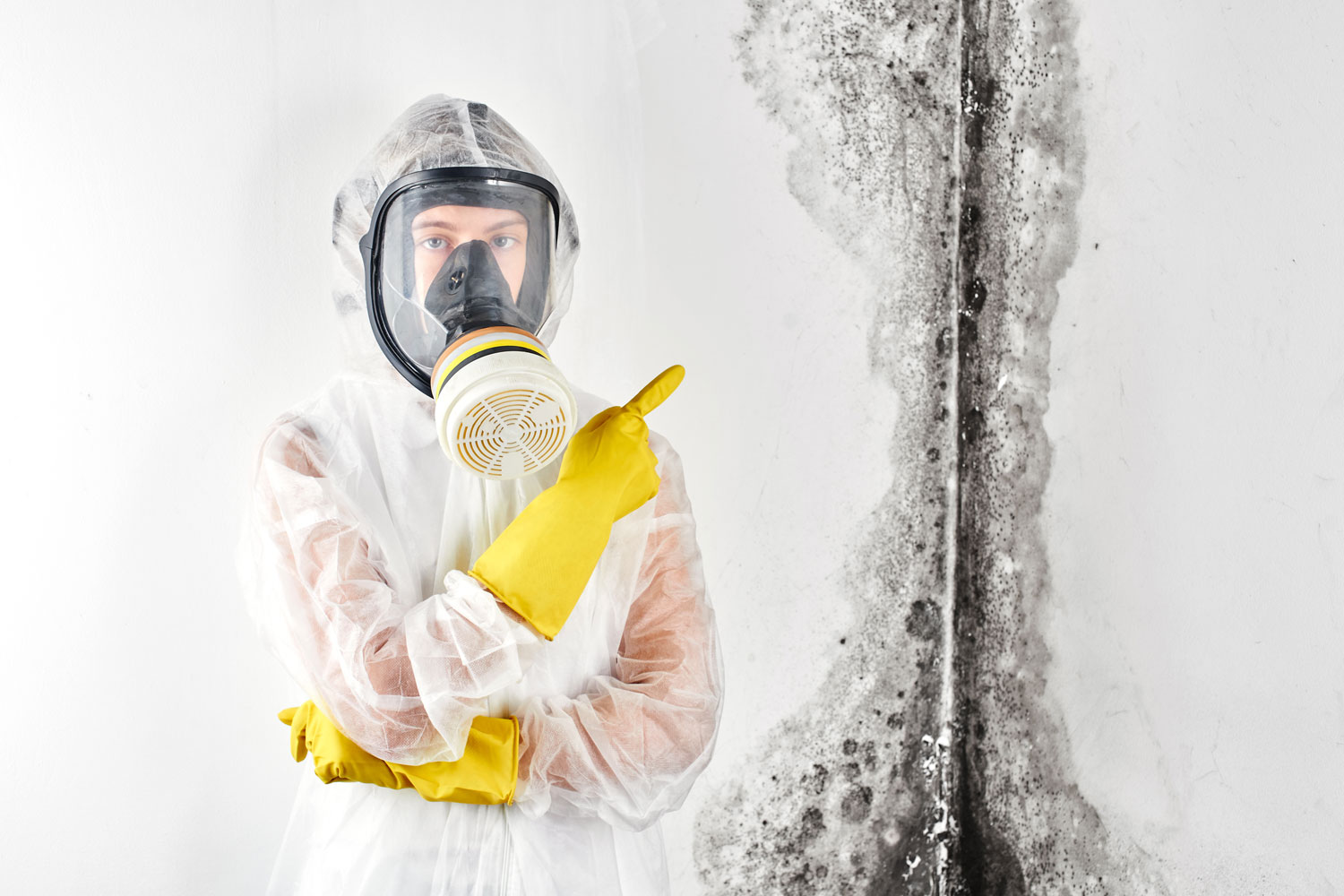You may not be able to see or smell it, but it is important to recognize health symptoms associated to mold growth. Mold illnesses can be difficult to diagnose because they often mimic other conditions and illnesses. Despite a lot of scientific evidence the medical profession still debates whether mold exposure can result in health problems.
What Is Mold?
Molds are types of fungi that grow in filaments and reproduce by forming tiny spores that easily become airborne. The mold spores can enter your home on shoes, clothing, papers, and even your pets. These mold spores are invisible to the naked eye. Mold grows in damp, warm, and humid locations, both inside and outside. Even if you live in dry, desert-like locations, mold can be a problem.
How Does Mold Spread?
Mold spreads through spores. These spores are more resilient than you realize and can survive in conditions of extreme heat or cold, wetness and dryness. Once spores are released they can be carried through air and water, making it incredibly easy for mold to spread.
Mold thrives in moist environments. It needs an organicfood source like cellulose, which is readily available in household building materials such as wood and drywall. It also requires a temperature range between 40 degrees Fahrenheit and 100 degrees Fahrenheit.
How Can You Tell Your House Has Mold?
The first thing you may notice is mold’s odor. Mold often has an earthy, musty smell. Besides the smell, if you notice signs of discoloration on your ceilings or walls, there is a chance that mold is the cause of those discolorations. If any areas of your home are subject to moisture condensation, a mold problem could develop.
Even when mold is not directly visible, it can trigger allergic reactions in people sensitive to it. Mold can cause coughing and sneezing or aggravated wheezing.
Why Is Mold a Problem?
Mold growth can lead to many problems:
Health Issues - The following are some common health ailments caused by mold:
- Headaches
- Allergic reactions
- Aggravated asthma symptoms
- Skin irritation
- Wheezing
- Chest congestion
Structural Damage to Your Home - mold can cause structural damage to:
- Drywall and wood
- Furnishings
- HVAC systems
- Floor coverings
If You See Mold, Take Action!
Many people feel like they can deal with mold on their own – it is simply not a good idea. Without the proper training, protective clothing, and equipment, you could be exposing yourself and your family to dangers you are not aware of. Call Water Mold Fire Restoration, 800-905-0277, at the first sign of a mold infestation in your home, or email us at help@watermoldfire.net. Our certified mold removal experts will come to your home, do an inspection, and offer solutions to your mold problem.








